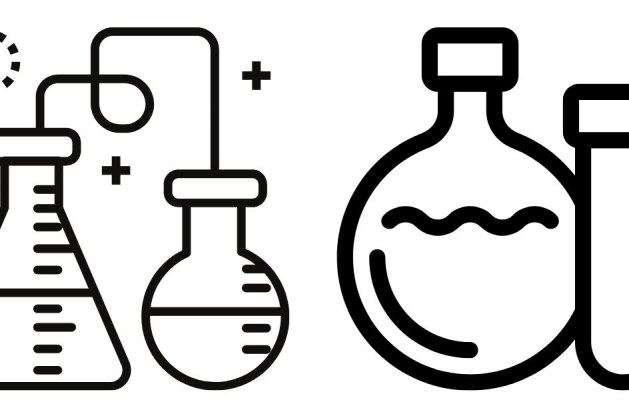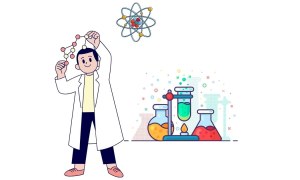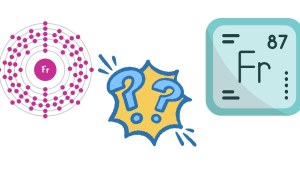When studying chemical reactions, one of the key questions that often arises is whether a reaction is endothermic or exothermic. This distinction is important because it tells us whether a reaction absorbs or releases heat. In this post, we’ll examine the reaction:
CH₄ + 4Cl₂ → CCl₄ + 4HCl
and determine whether it is endothermic or exothermic. Let’s break it down in detail.
Understanding the Reaction
In this reaction, methane (CH₄) reacts with chlorine gas (Cl₂) to produce carbon tetrachloride (CCl₄) and hydrogen chloride (HCl). This type of reaction is a halogenation reaction, where chlorine atoms replace hydrogen atoms in methane.
The reaction involves the following steps:
- Breaking of bonds: The bonds in methane (C-H) and chlorine (Cl-Cl) must be broken.
- Formation of new bonds: New bonds are formed between carbon and chlorine (C-Cl) and between hydrogen and chlorine (H-Cl).
Bond Energy Considerations
To determine whether this reaction is endothermic or exothermic, we need to consider the bond energies of the reactants and products. Here’s a brief overview of the relevant bonds:
- C-H bond in CH₄: This bond has an average bond dissociation energy of about 413 kJ/mol.
- Cl-Cl bond in Cl₂: This bond has an average bond dissociation energy of about 243 kJ/mol.
- C-Cl bond in CCl₄: This bond has an average bond dissociation energy of about 338 kJ/mol.
- H-Cl bond in HCl: This bond has an average bond dissociation energy of about 431 kJ/mol.
The total energy required to break the bonds in the reactants is the sum of the bond dissociation energies of CH₄ and Cl₂, and the energy released when new bonds are formed in the products is the sum of the bond dissociation energies of CCl₄ and HCl.
Calculating Energy Changes
Energy Required to Break Bonds (Reactants)
- Breaking 1 mole of CH₄ into 4 moles of H atoms requires 4 × 413 = 1652 kJ/mol.
- Breaking 4 moles of Cl₂ into 8 moles of Cl atoms requires 4 × 243 = 972 kJ/mol.
Total energy required to break bonds in the reactants:
1652 kJ/mol + 972 kJ/mol = 2624 kJ/mol
Energy Released from Forming Bonds (Products)
- Forming 4 moles of C-Cl bonds in CCl₄ releases 4 × 338 = 1352 kJ/mol.
- Forming 4 moles of H-Cl bonds in HCl releases 4 × 431 = 1724 kJ/mol.
Total energy released from forming bonds in the products:
1352 kJ/mol + 1724 kJ/mol = 3076 kJ/mol
Energy Change of the Reaction
Now, let’s calculate the net energy change for the reaction:
- Energy required to break bonds: 2624 kJ/mol
- Energy released from forming bonds: 3076 kJ/mol
Net energy change = Energy released – Energy required
3076 kJ/mol – 2624 kJ/mol = 452 kJ/mol
Conclusion: Exothermic Reaction
Since the energy released from forming new bonds (3076 kJ/mol) is greater than the energy required to break the bonds in the reactants (2624 kJ/mol), the overall energy change is negative. This means that the reaction releases energy.
Therefore, the reaction CH₄ + 4Cl₂ → CCl₄ + 4HCl is exothermic, not endothermic.
Final Thoughts
This reaction, which involves the halogenation of methane with chlorine, results in the release of energy, making it an exothermic reaction. Understanding whether a reaction is endothermic or exothermic is crucial for predicting the energy flow and the conditions under which the reaction will take place. While some reactions, like combustion or certain halogenations, are exothermic, others, like the formation of complex compounds or the breaking of strong bonds, may require heat to proceed, making them endothermic.




Leave a comment